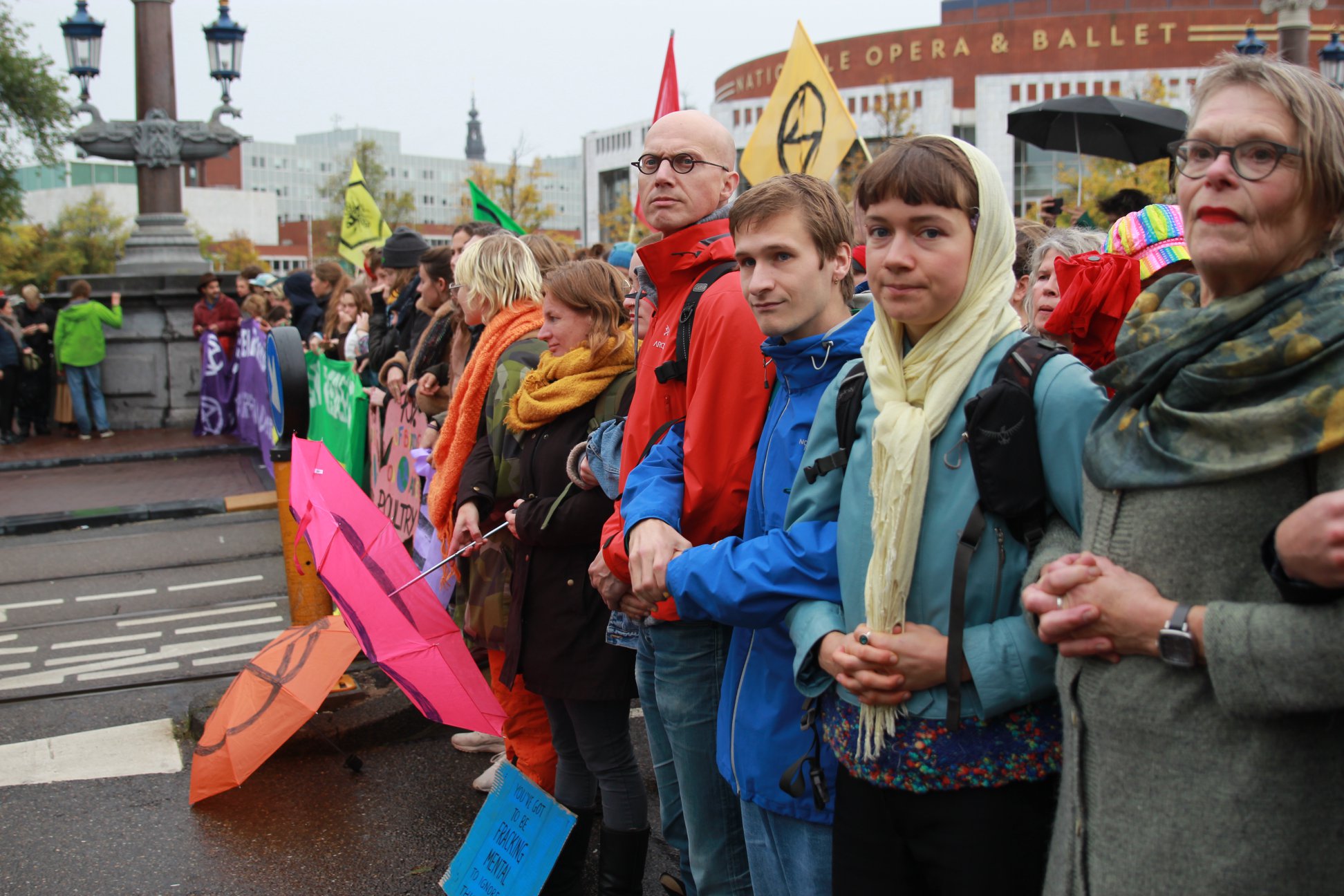Extinction Rebellion
Living a climate consciously aware life feels inadequate; being aware of the environmental impact of the things I do and eat feels insufficient. As an admirer of the Stoic philosophy of life I’m aware of the Stoic Dichotomy of Control. It is the distinction between things within our power and not within our power. William Irvine, in his excellent book A Guide to the Good Life. The Ancient Art of Stoic Joy, redefines this sharp division into a more practical Trichotomy of Control by adding “existence of things over which we have some but not complete control”.
Climate change feels very much like something over which I have no control. I can try to minimize my carbon footprint, but it feels totally inadequate on a global scale. The crisis we are in is starting to roar its ugly head in more places on earth each and every year. Simply sitting back and accepting it as something I have no control over is not an option. I want to do more, I need to do more.
Over the years many have demonstrated and petitioned to raise awareness of climate change. It didn’t change anything except for our climate that is increasingly changing for the worse. The problem we face in the West is that climate change is not yet tangible enough. Yes, we’re all aware of news reports of disasters elsewhere. But we get overwhelmed with so much news that we have grown insensitive to it all. We might experience a brief moment of anger, frustration, irritation, maybe even outrage and then we carry on living beyond our means. Busy as we all are with our lives. So how does one break through this collective passiveness?
Extinction Rebellion is a rather young environmental movement that originated in the UK, but is now active in over 56 countries. It has taken to non-violence, disruption and civil disobedience to compel governments to take drastic action to limit the climate and environmental changes that are upon us. These tactics and strategies, collectively called Non-Violent Direct Action, were not haphazardly chosen. History was researched to find the most effective means to change public opinion, laws and governments. One doesn’t need to look hard to come across people like Martin Luther King Jr. and Ghandi that utilized the same strategies and tactics to realize their cause.
Why civil disobedience? By showing the willingness to be arrested, taken into custody and possibly being convicted and/or fined (e.g. sacrificing one’s personal freedom) draws much more attention to the climate crisis we are facing than yet another march or petition. Why disruption? People in the West are so busy living their hectic lives that it is hard to bring the urgency of the climate crisis to their attention. By bringing things to a slowdown or even a standstill there is hope to be granted a sliver of the public’s attention. That these are effective strategies has been partly demonstrated by the fact the UK parliament has declared a Climate Emergency.
This all encouraged me to attend an Extinction Rebellion NVDA training and finally participate in the Rebels without Borders uprising. Initially in a non-arrestable capacity during the Rijksmuseum/Stadhouderskade blockade and later that week in an arrestable one during the Blauwbrug blockade. It has brought the climate emergency from a situation I have no control over into the realm of something I hopefully have some control over.

Blauwbrug blockade
📷 Dana Nentjes
If you too want to learn more about the climate crisis we are in and how to fight it, then head over to the events section on the Extinction Rebellion site. If you live somewhere else than The Netherlands find your local Extinction Rebellion branch on: https://rebellion.global/